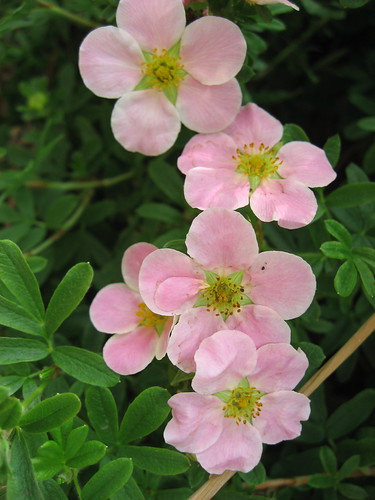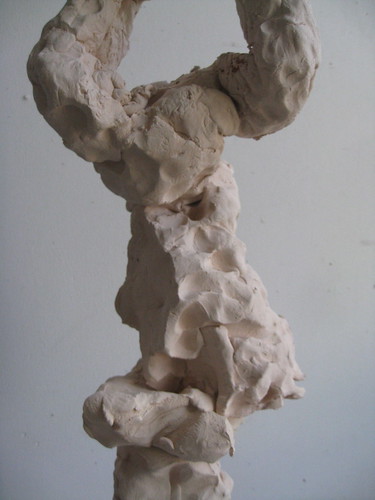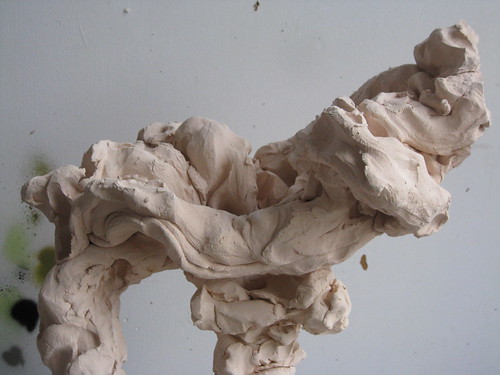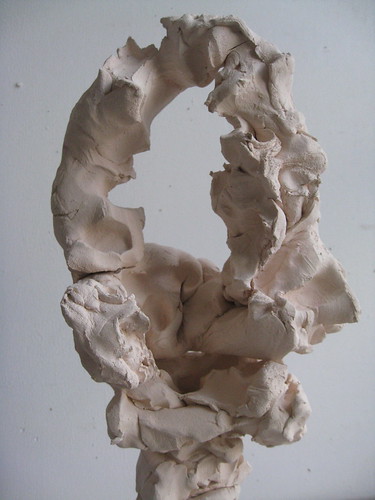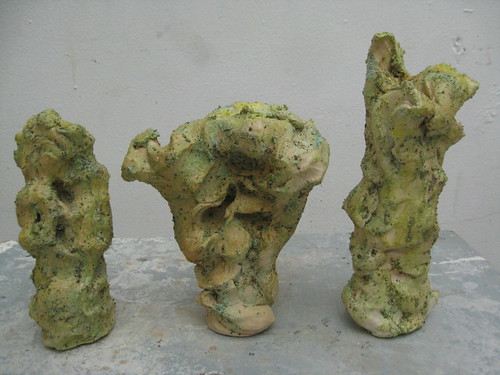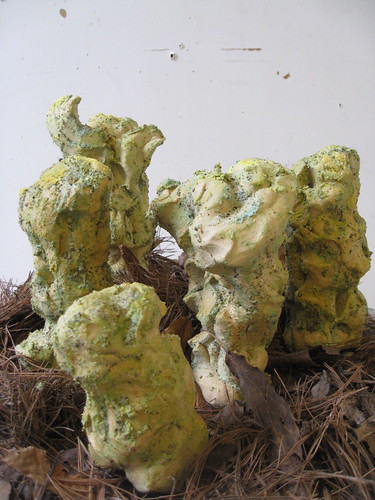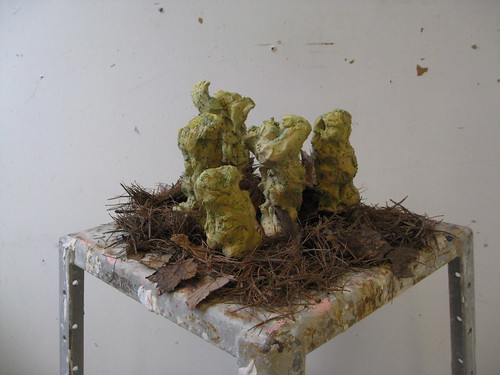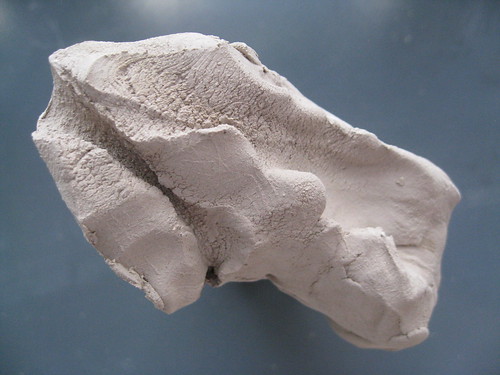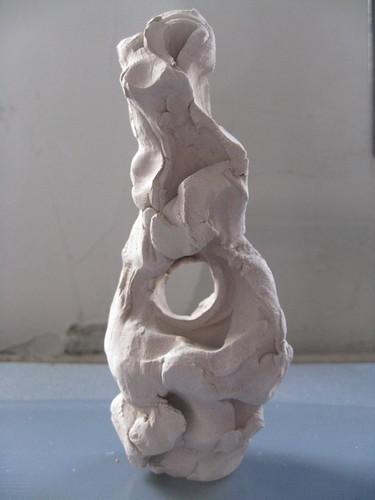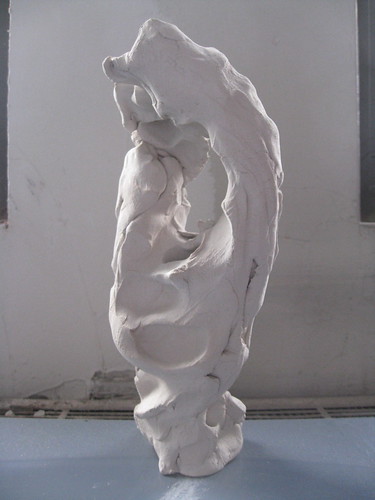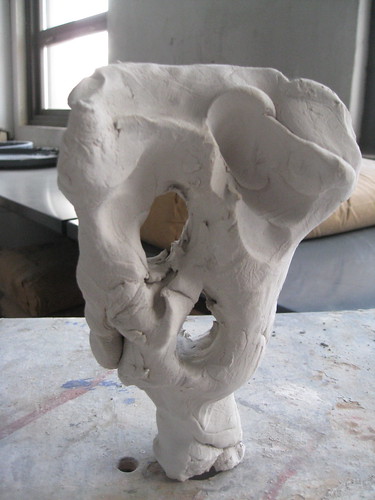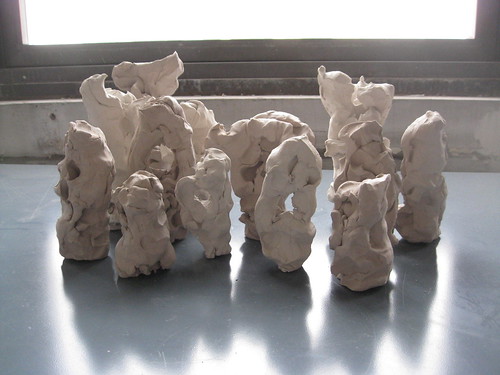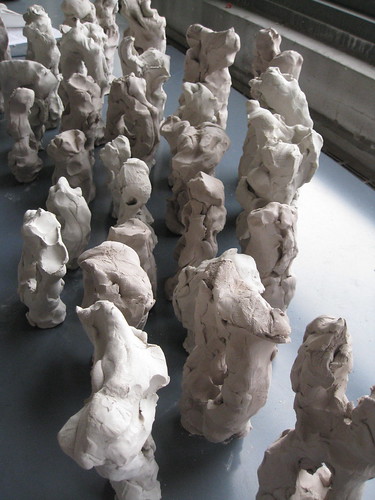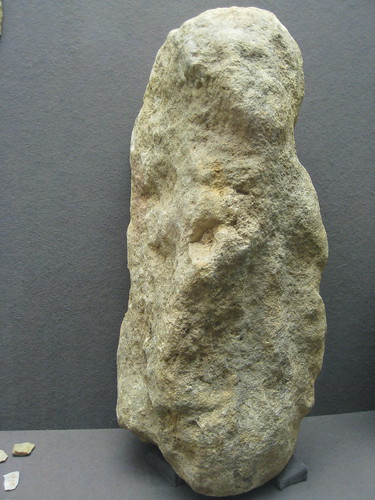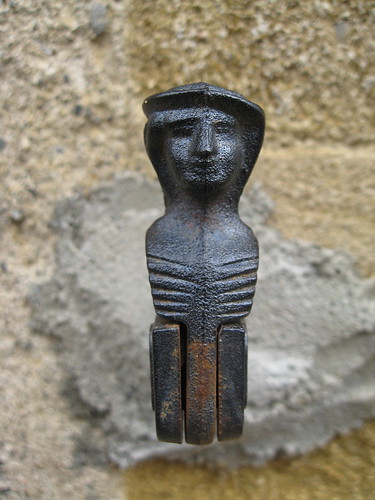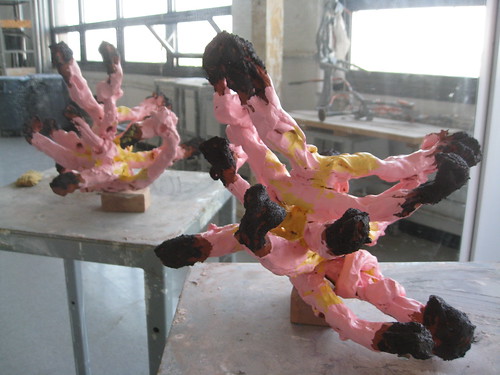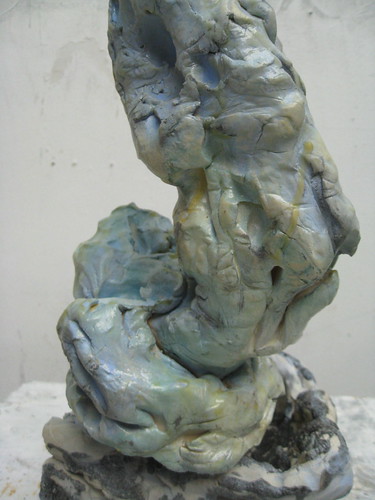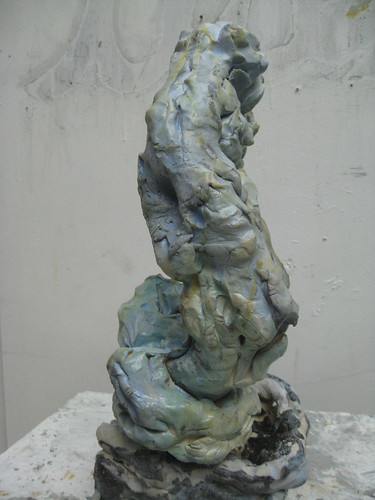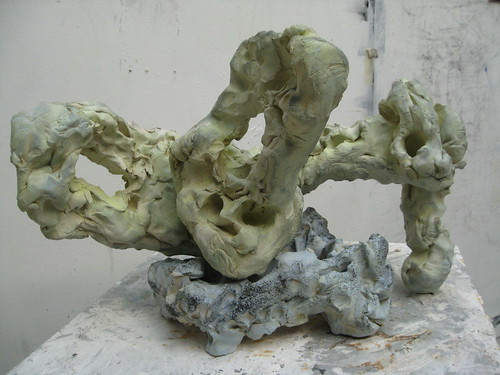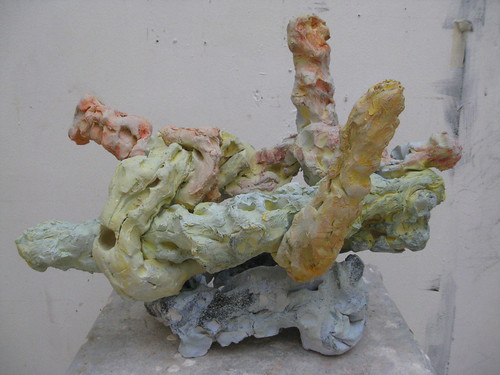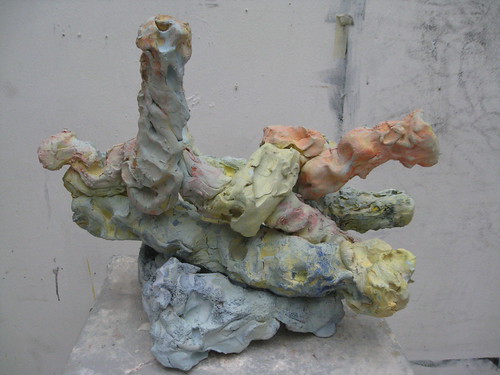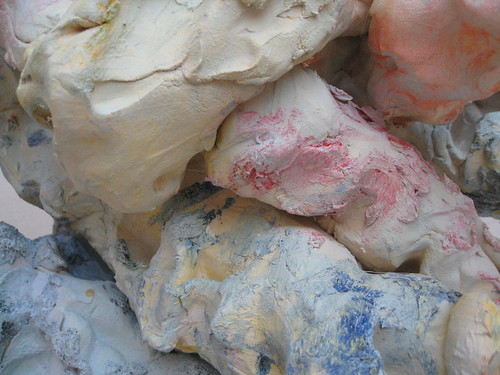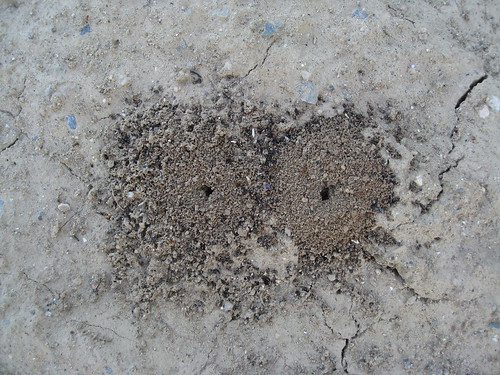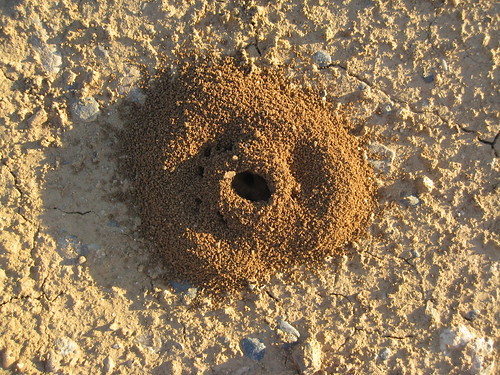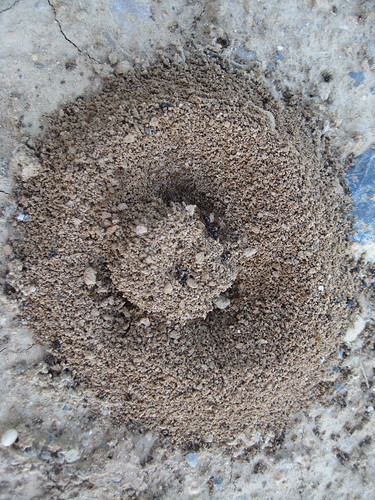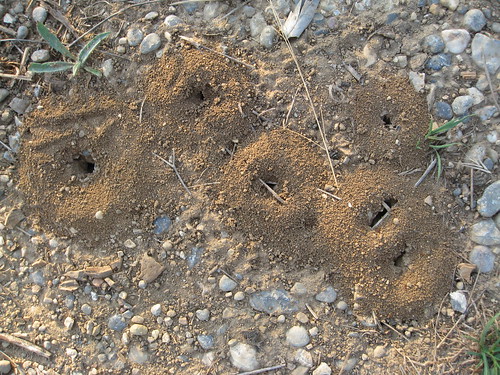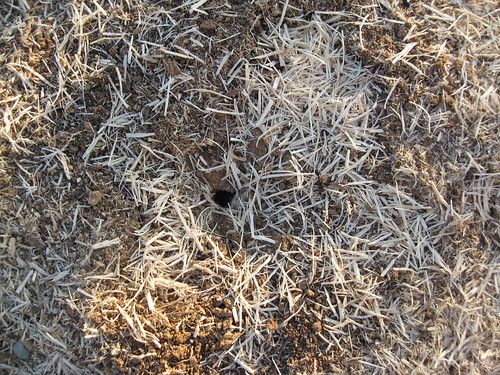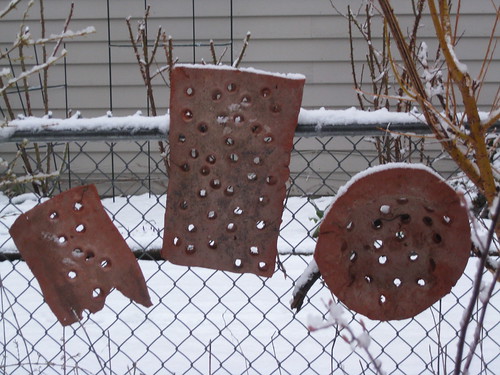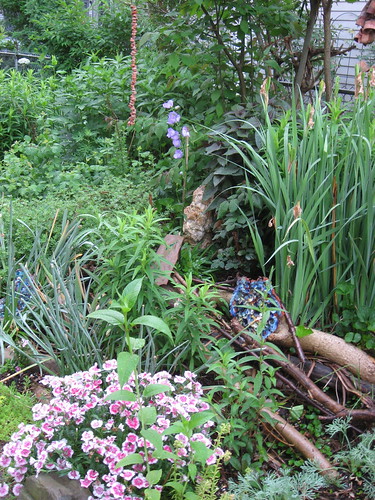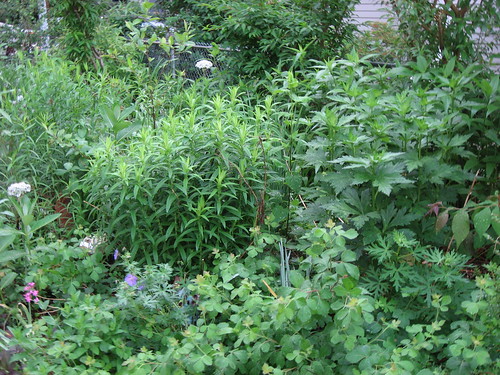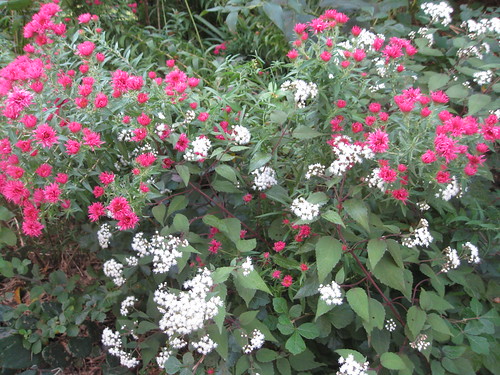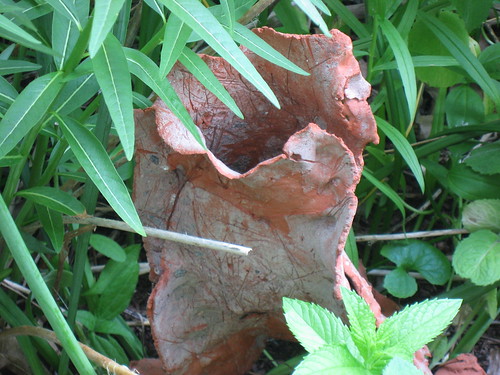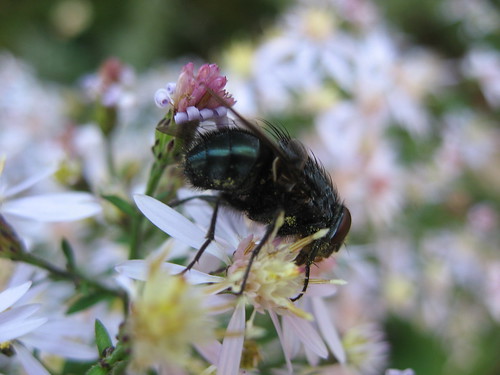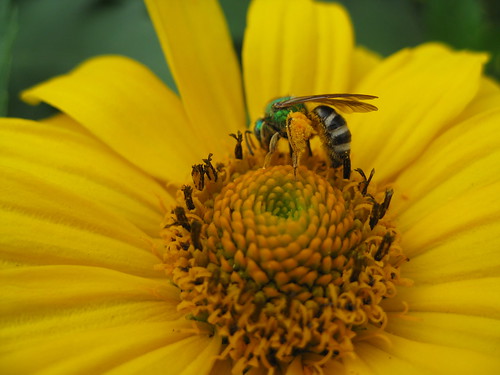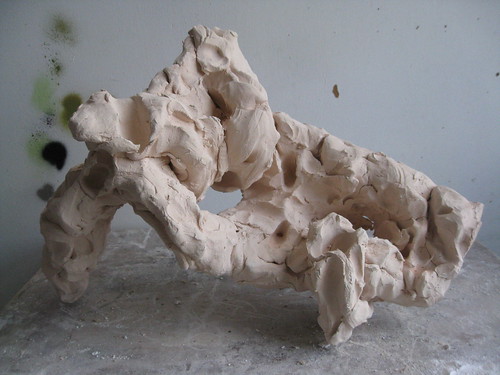
Wednesday, February 29, 2012
Innovation, Expression, and Letting Go

Tuesday, February 28, 2012
Exquisite Moment
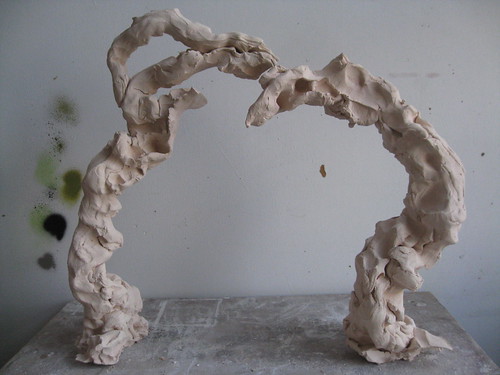
Friday, February 24, 2012
What is the Meaning of Life?
Friday, February 17, 2012
The First Billion Years
The first several thousand years of taxonomy (and of art) were predominantly form-based. The discovery of DNA and genomics expanded our taxonomic practice and challenged the philosophical basis of classification, but the seeds of challenge were planted by Charles Darwin, who understood the random nature of evolution.
Darwin himself recognized the antiquity of our planet, which he estimated as one million years old. Earth and Life are much older. We estimate that life has existed on Earth for nearly five billion years. Understanding the development of life forms over this incredibly long period presents a perhaps unfathomable gulf to the human mind. My project aims to address this challenge.
Tuesday, February 14, 2012
Ageless and Brand New
Monday, February 13, 2012
An Existential Question?
What Do You Do?
Saturday, February 11, 2012
Back in Business
Friday, February 10, 2012
Creative process
Thursday, February 9, 2012
Hope Against Hope

Monday, February 6, 2012
Wrestling
Saturday, February 4, 2012
Animal Sculpture: Ants as Artists
Friday, February 3, 2012
The Garden as Sculpture
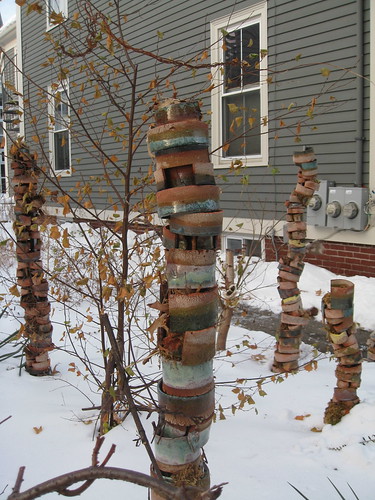
Thursday, February 2, 2012
Composition
